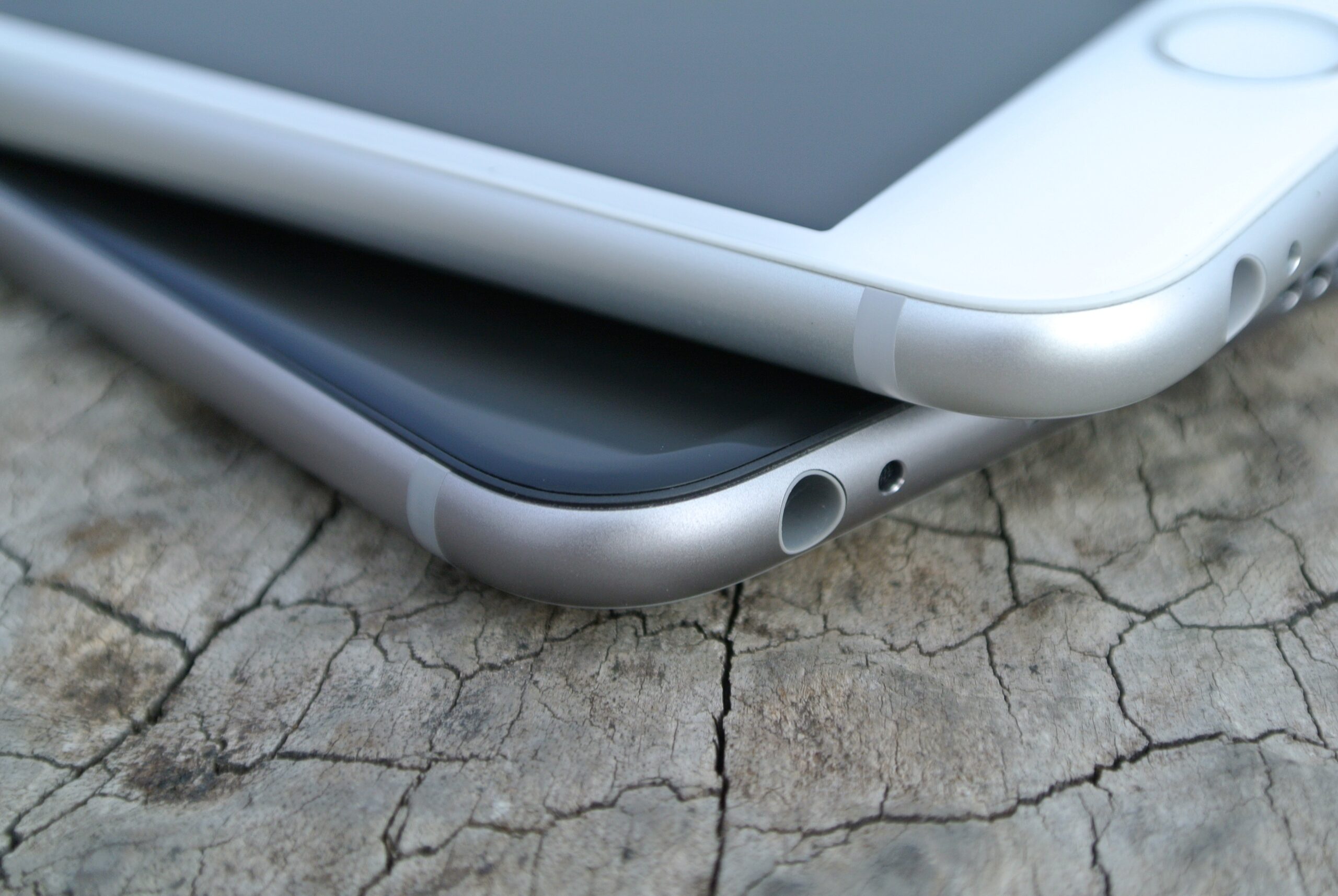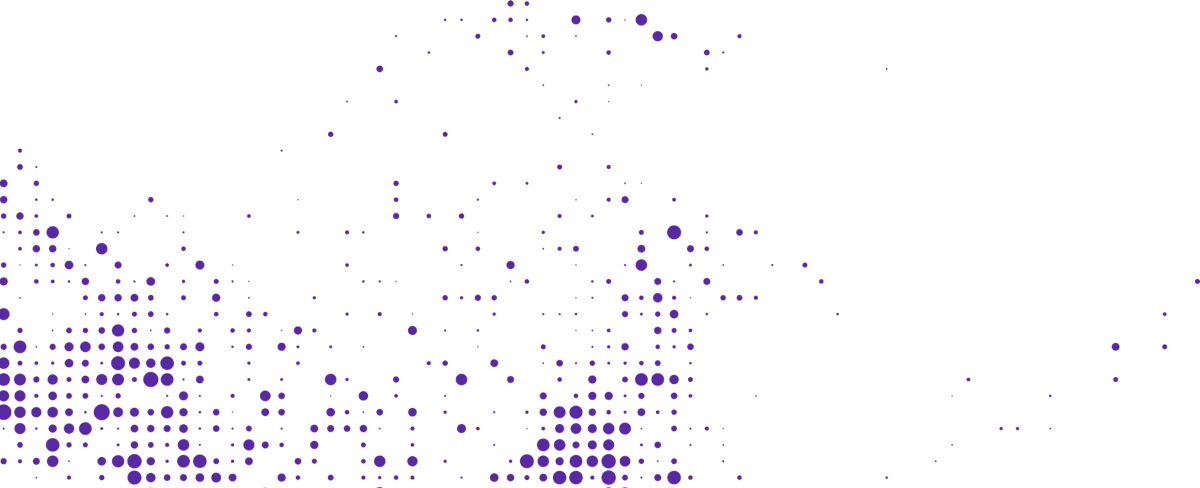Using customer mobile devices for telematics
29th Jul 2016


Imagine knowing how passengers are using your services, as they use them: where and when they go, how long it takes them to get there and what interesting emerging behavioural patterns you’re able to identify. Imagine having access to first-hand information about the status of the transport network, in real time. You’re probably thinking “I have this already”, but bear with me.
Now imagine that the hardware used to collect this data is owned and managed by your passengers.
Public transport is low margin and while it is possible to increase operational excellence through innovation, contributing to cost reduction via more efficient resource use (e.g. fleet usage optimisation) and expanding to new market segments (e.g. single-occupancy private vehicle users), the financial constraints often effectively rule out significant investment into new hardware such as BLE beacons, Electronic Ticket Machines (ETMs) and barcode scanners.
Mobile apps are a fundamental part of intelligent mobility strategy development
With recent significant advances in mobile device technology, apps are fast becoming a fundamental part of an operator strategy to not only meet rising customer expectations but also to gain a deeper understanding of their needs. There are multiple reasons for this and probably the most important one is the cost-benefit ratio of such a solution when compared to other forms of ticketing.
In the short-term, mobile ticketing decreases boarding time and queues, and reduces driver distraction as there’s no need to actually sell tickets and handle payments. From the passenger’s perspective it increases convenience, giving them the best of both worlds – flexibility and security of a smartcard and instantaneous ticket purchases, which are the hallmark of cash payments. The opportunity to deliver added value like a journey planner or live departure boards as a part of the mobile ticketing app is an opportunity to understand where customers are planning to go – traditionally the subject of a paper-based ‘origin – destination’ customer survey, which is only as good as the sample of people questioned in the street.
Apart from giving the operator a competitive edge, the long-term benefits also stem from the fact that contrary to popular belief, deployment of a mobile app based ticketing system does not need to imply a significant capital expenditure in the shape of new or updated ETMs. Visual validation by the driver of a ticket displayed on the smartphone screen can work equally well. As a consequence, operators don’t need to worry about servicing and maintaining this new hardware, or its malfunctions. With the pace of change in popular mobile phones, and the marketing cycles of the major consumer device manufacturers you can be sure that this hardware, and it’s software, will be upgraded far more regularly than that of transport operators.
Apps as infrastructure and customer analytics
In our view, the true value of mobile ticketing lies somewhere else however. Most people carry a smartphone around in their pockets, which is in fact a powerful computer equipped with an array of sensors (GPS, accelerometer, compass, gyroscope etc.) and always connected. Putting a mobile ticketing app on this device, allows the operator to tap into an invaluable source of data.
Traditionally, obtaining a comprehensive view of the status of the transport network requires costly integration of multiple real-time data streams coming from different sources (fleet location, disruption information, traffic management systems etc.). Within the ‘Apps as infrastructure’ paradigm, all this information is crowdsourced and constantly available to the operator, for free.
By gathering telemetry data from the app users it is possible to identify congestion spots, location of the buses and their load factors, or fleet utilisation over an arbitrary period of time, to name just a few possibilities. The solution is also quite elegant in terms of robustness achieved via its inherent redundancy – if someone’s mobile phone runs out of battery while on a bus for example, there will be other people with the app installed on the same bus; if one of the mobile networks experiences an outage, there will be people using other mobile operators in the same area etc.
Perhaps most significant, is the opportunity for user telemetry data to be the gateway to account-based ticketing, where passengers are charged the best value fare via a capping model for the distance and/or time they actually travel, again without requiring the operators to purchase and install any additional hardware equipment. This would represent a huge shift away from the passenger having to work out which ticket to buy before travelling, where fare information is often complicated and off putting, to a simple automated billing after the event.
Whilst the fare complexity isn’t necessarily eradicated, it is shifted into the back office and put to work automatically in the background. The old marketing adage of ‘Don’t make me think’ makes purchasing travel in this environment far simpler, and therefore far more attractive to everyone – particularly those that don’t already use public transport, but could.
Tags
Share this article

Newsletter
We care about protecting your data. Here’s our Privacy Policy.
Related news

Start your journey with Passenger
If you want to learn more, request a demo or talk to someone who can help you take the next step forwards, just drop us a line.